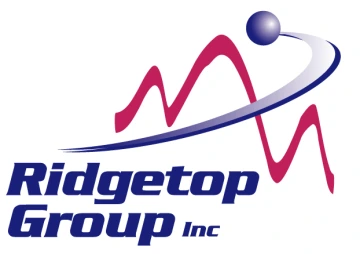Organization
UA Department of Biomedical Engineering
Offering
ENGR498-F2024-S2025
Spinal cord injuries cause permanent damage that impacts mobility and quality of life. Inducing hypothermia can significantly improve surgical repair of the spinal cord injury after traumatic or complete spinal cord injury. Lowering the body temperature by between 5 and 12°C for four to five hours, followed by controlled rewarming at 1°C per hour over a 20-hour period, slows metabolism, decreases cellular stress and inflammation and prevents edema. However, systemic hypothermia
comes with risks such as cardiac arrhythmias and coagulation issues. In this project, the team designed a method for applying targeted hypothermia to the injured spinal cord rather than the traditional systemic hypothermia.
The design integrates a compact chiller, a disposable cooling paddle, and a thermal monitoring subsystem. The chiller circulates distilled water through the paddle which the surgeon positions and secures on the dura (the tough layer surrounding the spinal cord) after surgery to remove part of the vertebrae. An LCD interface displays real-time temperature data via paddle-integrated thermistors. Health care providers can manually adjust the device to maintain the target cooling profile. A surgeon will surgically remove the paddle after treatment.
